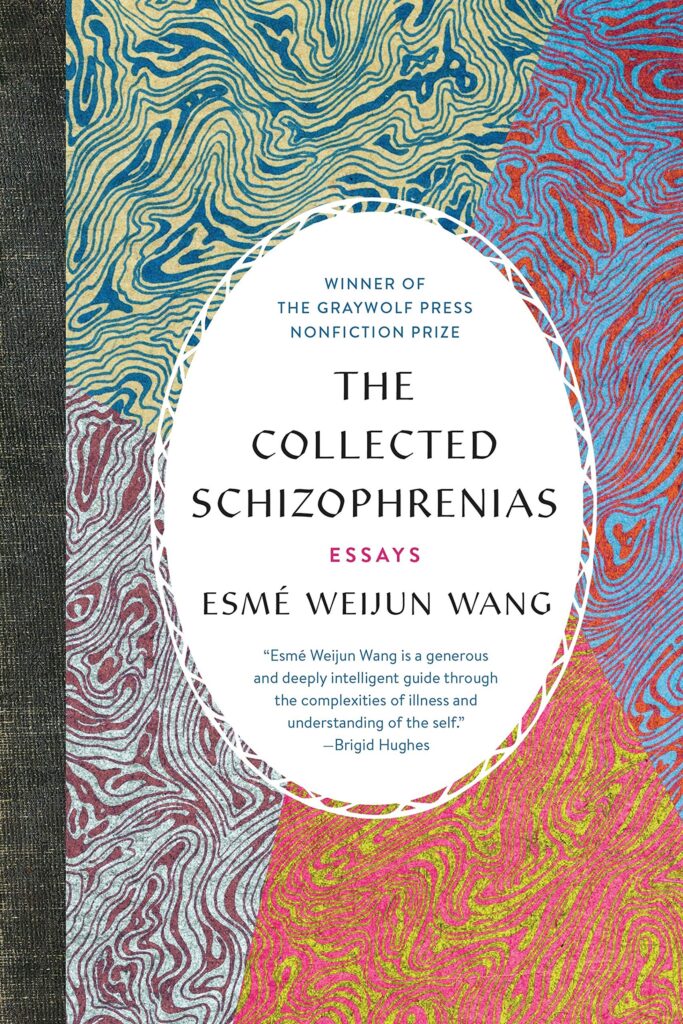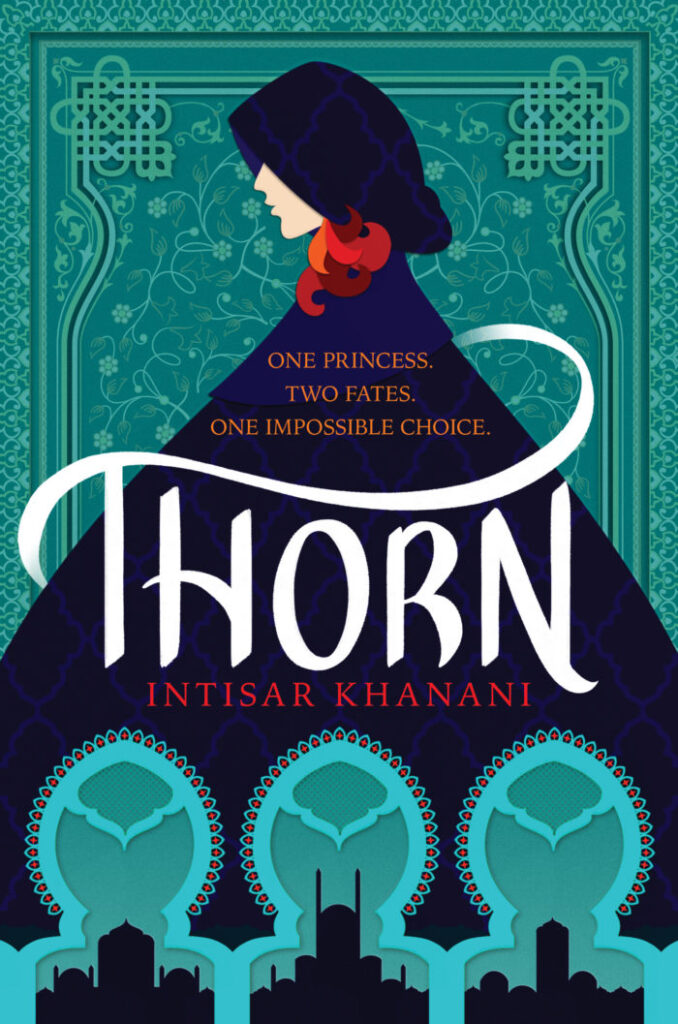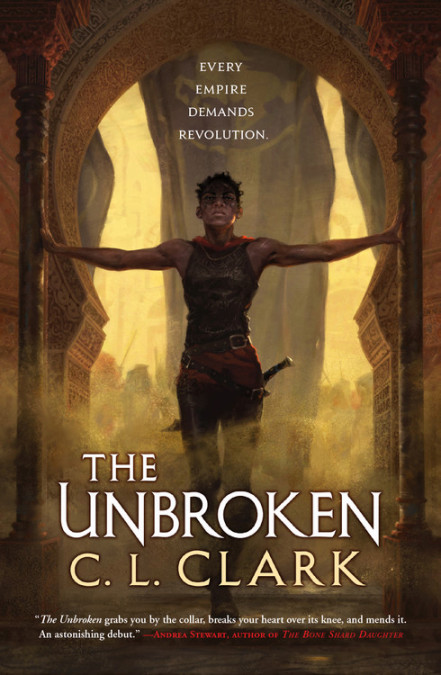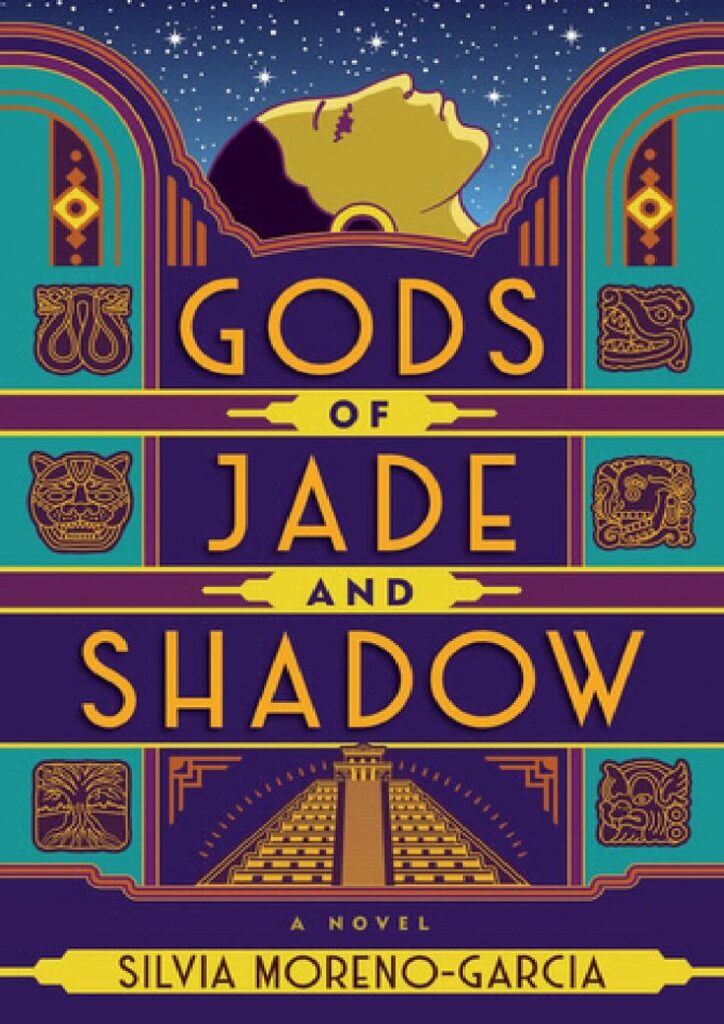
Genre: Fantasy
Audience: Young adult
Series?: The Star-Touched Queen Duology
Rating: Loved it!
For fans of: Graceling, The Library of Fates, Raybearer, enemies to lovers, high stakes fantasy games and tournaments, talking monster companions
A Crown of Wishes is lush, colorful, and delicious. It’s a fast-paced adventure with such rich sensory detail that I feel like I dreamed it, and I want to go back tonight. Plus, it manages to feel fresh and contemporary while also delivering heaps of my favorite tropes:
- Enemies to lovers
- Spooky animal companions
- Found family
- Capricious gods
- Monsters with hearts of gold
- Soft boys who love prickly girls
- Healing, um … kisses …
It’s the story of heirs to rival kingdoms, who have not yet met when are chosen by the Lord of Wealth to compete as partners in the Tournament of Wishes. If they can find a way into the Otherworld of magic and monsters and survive two challenges and a sacrifice, there’s still no guarantee they’ll both be allowed to leave with their lives. But for a chance at a Wish, they’ll have to risk it.
Princess Gauri is the angry girl of my dreams: “A beast. A monster. A myth. A girl. What was the difference?” She’s a princess without a country, desperate to return. To protect her people, she trained as a soldier to fight in her cruel brother’s armies, and eventually to overthrow him. However, her need to protect has made her paranoid and afraid of being vulnerable. Her coup failed, and her brother dropped her over the border in an enemy kingdom with orders for her execution.
On paper, Prince Vikram is the heir to that enemy kingdom, but his father’s council knows he is adopted and has no intention of letting him wield real power when he takes the throne. He’s a good match for Princess Gauri, first as a reluctant ally and eventually as a love interest. Despite her martial prowess, Gauri doesn’t frighten the comparatively peaceful Vikram, who accepts her initial distrust with cockiness that isn’t hiding anything.
Vikram is genuinely confident that their quest is going to make him into a true ruler. As a result, he is almost recklessly kind and trusting with the people they meet on their journey in a way Gauri can’t allow herself to be, yet.
Despite the protagonists’ tragic backstories and desperate circumstances, this is a cheerful book. It was such a relief after–you know, everything, that I almost wish it weren’t such a quick, breezy read. I’m definitely going to pick up the other books in this series as soon as I shrink my TBR pile a bit.
Asian Readathon
This is the third book I finished for the 2021 Asian Readathon. I’m counting it for challenge 2.
Roshani Chokshi’s mother is Filipino and her father is Indian.
More Info
Publisher: St. Martin’s Griffin
Hardback Page Count: 384
Roshani Chokshi is on Twitter and Instagram.
You can support your local independent bookstore by buying A Crown of Wishes on Bookshop.org, or grab it on Amazon.



